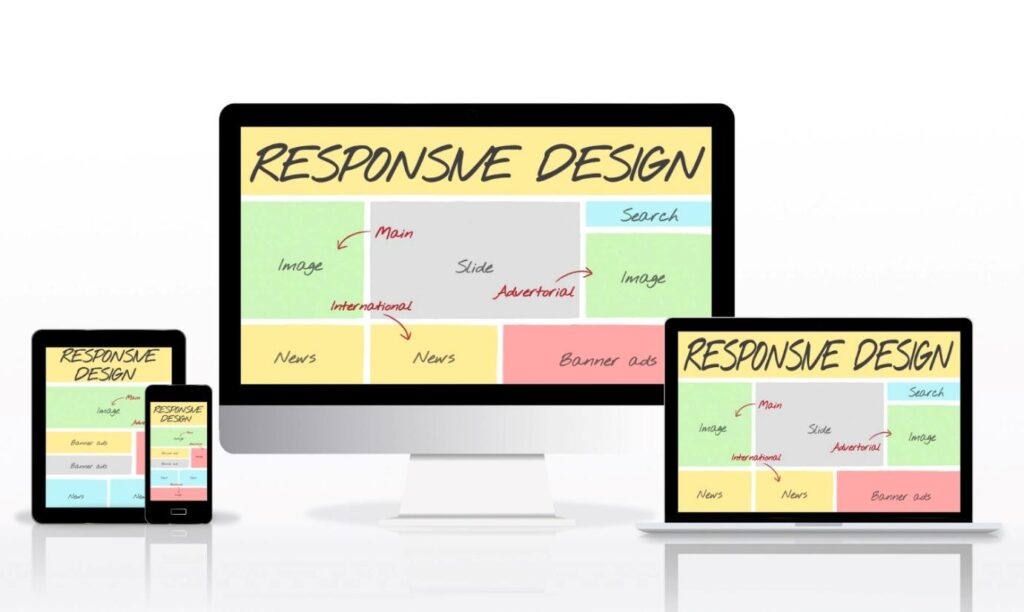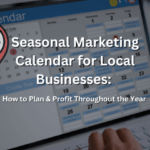Your website acts as the foundation for your digital marketing efforts. It also acts as the platform where your visitors can find all the information they come looking for. One of the most important purpose websites serve is converting visitors into customers. However, it is common for businesses to have websites that receive tons of visitors but a very small percentage of them actually convert.

If you are facing the same issue, it is important to find the underlying issue and address it. So, what are the most common website mistakes that hurt conversions and how can you fix them? Find out the answers here.
1. Not Keeping User in Mind
This is the most basic mistake that most businesses and web designers make before creating a website. It is important to prioritize the needs of your users during design process.

It is common for business managers, marketers, and web designers to be overwhelmed by their vision. So much so that they fail to address user needs and pain points into the designing process.
You can address this issue using the following tips:
- Identify your target audience’s most important needs
- A visitor should understand the value proposition of your website within 3 seconds of being there
- Position the value proposition prominently on your website
- Conduct A/B testing and refine your value proposition
- Use supportive elements such as testimonials, statistics, and case studies to support your value proposition
- Align your value proposition with your brand’s voice
2. Using Jargon & Confusing Content
It is a common mistake to use jargon and confusing content as website copy. While it is tempting to use industry-specific jargon, it is more likely to create a barrier in communication. All your website copy should be easily understandable, regardless of the visitors’ expertise in your niche.
You can occasionally use a technical term, especially where there is a need for greater depth in explaining something. Your website should be the ultimate hub for information on your products/services and your business. You do not want to send your visitors on a research mission to another source.
- Make sure you know your audience
- Use simple language
- Make good use of examples and analogies to explain more complex concepts
3. Lack of Mobile-Friendly Design
In this age of smartphones, you cannot afford to have website that is not mobile friendly. Such a website will take longer to load, have complicated navigation, and distorted layouts on mobile devices. Globally, 62% of internet traffic comprises mobile users. So, you do not want to frustrate a larger percentage of your visitors.

Use the following tips to ensure your website is mobile-friendly:
- Update your website to implement responsive design
- Optimize all your website media content for mobile devices
- Make the navigation simple to use on touchscreens
- Ensure all forms can be easily filled out on mobile
4. Absence of Well-Defined User Journeys
User journey is central to any website’s user experience. It refers to the path visitors will take from entry to the conversion stage. Whenever someone visits your homepage and are seeking information to address an issue, they should be able to find the required information immediately. They should be able to achieve this through a highlighted product, a call to action button, or a blog post. The path should help them identify their problem, find its solution, and even choose the solution your website has to offer.

If the journey is not well defined, your visitors can feel overwhelmed or feel lost, causing them to leave your website.
Use the following tips to overcome this problem:
- Map out the paths you expect different types of users will take on your website
- Create intuitive navigation involving a logical structure and clear menu labels
- Use clear visual cues and content to direct users to their next logical step
- Optimize your landing pages based on the interests of the target audience they are meant to attract
- If a user is a repeat visitor, use their previous interactions to personalize their experience on your website
5. Buried or Ineffective Call to Actions
Another common website mistake is to have unclear, buried, unconvincing, or entirely missing call to action (CTA) elements. This can cause you to miss out on converting visitors into leads. Create CTAs that are not only direct but also engaging. They should also clearly state the actions the users can take by using them.

Besides the words, the design, visibility, and placement of the CTA elements also matter. Use the following tips when creating CTAs:
- Use action-oriented words for your CTAs
- Make sure there is a sense of urgency
- When it comes to design, your CTAs should be visually appealing and draw attention
- Place the CTA elements at locations where your visitors engage the most
- Test your CTAs and optimize their content, design, and positioning
While it is important to have CTAs at the right place and in the right form, you cannot have too many of them.
6. Outdated Design
It is still common to come across websites that feel like they were made decades ago. An outdated website design or bad user experience (UX) can have a negative impact on your website conversion rates. The reason is simple, people tend to associate an easy-to-use and clean website with a sense of trustworthiness.
Follow these tips to ensure your website design stays up-to-date:
- Update the design elements, ensuring that they feel modern and visually appealing
- Make sure the navigation becomes user-friendly and intuitive
- Consider implementing the latest design trends in your industry
- Run UX tests to find and fix problems your visitors may be facing
Following a Smart Approach to Website Design
It is recommended to follow a proactive approach to the web design and development process to ensure more visitors convert. Some of the helpful tips include:
i. Research
Thorough research should help you lay the foundation for a high-conversion website. The research should help you identify your target audience and understand their pain points, browsing habits, needs, and demographics. Research should help you gain insights into the design elements that will work best for you, including the navigation, layout, typography, and color schemes.
Some of the approaches to research include:
- Using user-testing platforms
- Running surveys involving asking for feedback
- Leveraging analytics software for behind-the-scenes data
- Analyzing data from your CRM applications
ii. Create a Brand & Style Guide
Design is an important element in the overall effectiveness of a website. You will be working with designers and it will be required to maintain consistency in the design elements. It is recommended to begin with a brand and style guide so that you can follow a consistent approach to the design process. This guide should cover information on the following topics or elements:
- Your brand’s color palette consisting of the main brand color, text color, and accent color among others
- Whether you will be using stock images or custom-designed graphics
- The fonts you will be using for the headings and body text
- Variations of the logo in full color, inverted, and grayscale
iii. Conduct Split Testing
Split testing should be an integral part of any web design process. It involves the creation of two different versions and testing them by exposing to the user base to find out which one performs better.

Split testing helps overcome the challenge of ‘blindness’ that accompanies the design process. During the design process, it is common to lose sight of simple and clear issues. With this form of testing, you can optimize different aspects of your website, ranging from the landing page layout to CTAs.
Conclusion
Most businesses create websites with the goal of achieving their business goals. You want to serve your customers and see your sales go up. If you want to achieve these goals, it is important to ensure your website design aligns with your goals. Whether you already have a website or are planning to create a new one, follow the above-mentioned tips to boost its conversion rates. Make sure to keep things consistent and place your visitors at the forefront when designing your website.
For more information and assistance on creating high-converting websites, feel free to contact the Clear Imaging, Inc. team. You can contact us at 1(800) 380-6942 or send us a message.






